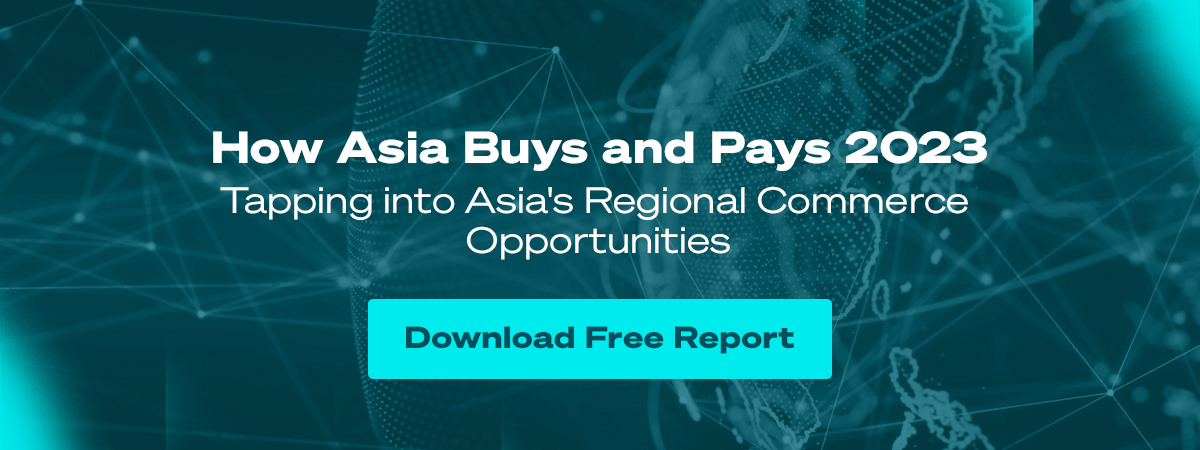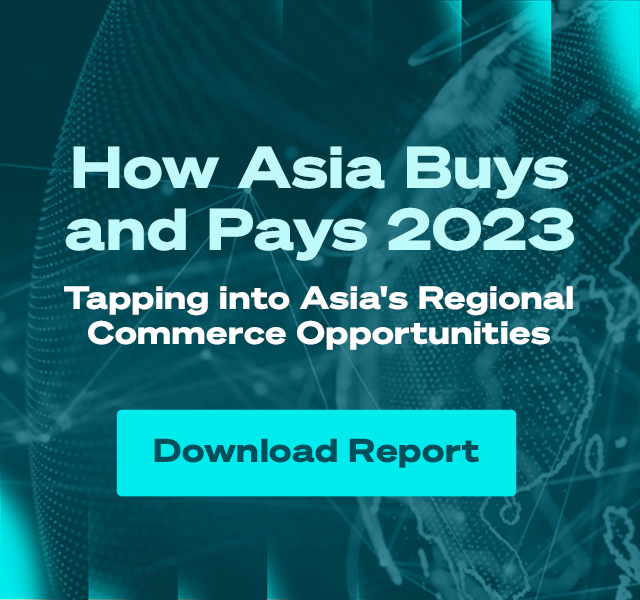
Southeast Asia is Ready to Buy Now, Pay Later
As technology moves faster, our desire for instant gratification gets stronger. These days, many consumers are accustomed to spending more to wait less for their services and experiences, whether ordering food delivery, ride-hailing or being placed in the priority queue for entertainment. The need to consume now (and fast) paves the way for Buy Now Pay Later (BNPL) payment schemes and it is proving popular with the younger and more tech-savvy crowd.
Globally, the market value of BNPL platforms is projected to rise at a CAGR of 21.2% by 2027, with the Asia-Pacific region the fastest-growing BNPL adopter of all. Already a host of established and newer fintech players are vying for market share in this fast-expanding space.
So what exactly is BNPL? The concept is based on good repayment behaviour in exchange for affordable purchases through flexible payment plans. Customers can access these services easily through mobile apps and use them at the point of sale to split a payment into three or four monthly, often interest-free instalments.
Room to grow
Southeast Asia is particularly ripe for the growth of BNPL platforms. This part of the world boasts a relatively young group of BNPL users, with the median age for all countries in the region, except for Singapore and Thailand, below 35. These younger, mobile-first consumers are likely to be early adopters of innovative solutions. They typically have limited finances, resulting in their preference to split their payments into more manageable chunks.
A large percentage of Southeast Asia’s population is also “unbanked” or “underbanked”, which means they cannot tap on traditional flexible instalment plans offered by credit cards, which typically requires consumers to have a bank account.
According to consultancy Bain & Company, more than 70% of adults in Southeast Asia, or roughly 450 million people, are either underbanked, have no bank account, credit or debit card, or access to lines of credit.
This state of affairs is no longer an issue with BNPL, which allows consumers to apply for instalment plans without the need for a credit card. The growth of online shopping in Southeast Asia is another driver of BNPL’s growth in the region, as these payment services are underpinned mainly by ecommerce transactions.
What's driving BNPL?
Movement and travel restrictions imposed to curb the spread of the Covid-19 pandemic has fuelled the rapid growth of BNPL services. With more time on their hands and fewer opportunities to go out, many are turning to ecommerce for their dose of retail therapy. Forecasters predict this significant shift to online retail will continue to grow by double digits through the next couple of years, with worldwide retail ecommerce sales set to reach $6.169 trillion in 2023 and make up a 22.3% share of total retail sales, up from $3.351 trillion and 13.8% in 2019.
In terms of consumer behaviour, some studies suggest that two types of behaviour could encourage consumers to use BNPL. The first is known as loss aversion, which refers to the “pain” felt by consumers when they pay for something. Research has suggested that different levels of discomfort are triggered depending on the amount to be paid and the method of payment. Consumers who pay by credit cards experience less “pain” and are more willing to splurge on a purchase compared to those paying by cash. Related to this is the concept of “present bias”, where consumers felt less “pain” if they did not have to pay the total amount for a purchase but could split up the payments instead.
The region's heavy hitters
With the buzz growing around BNPL in Southeast Asia, competition is also increasing among key players. Established businesses such as gaming company Razer, ride-hailing app Grab and ecommerce platform Shopee have all added BNPL to their payment options, while fintech players, including Atome, hoolah, and Pine Labs, are expanding quickly in the region. Australian BNPL player, Afterpay, has also entered Southeast Asia by acquiring EmpatKali, a BNPL provider focused on Indonesia.
Beyond intensifying competition, regulators are also paying closer attention to BNPL in order to foster a healthy ecosystem and manage concerns about growing consumer credit risk. In February 2021, the Monetary Authority of Singapore (MAS) mentioned that it was "reviewing the appropriate regulatory approach" for such schemes.
As more players join the ecosystem, the Southeast Asia market is more than ready to embrace the BNPL revolution.
About 2C2P
2C2P is an innovative financial technology company that provides over 250 payment options ranging from credit cards to mobile wallets at more than 400,000 locations. Recognised by the FT in this year’s list of Asia-Pacific High-Growth Companies, 2C2P is building on a market-leading position in Southeast Asia and expanding to the Americas, Europe and the Middle East.
Interested in BNPL solutions? 2C2P’s BNPL partners include Atome, BillEase and more. Our friendly team is ready to help - talk to us today.

